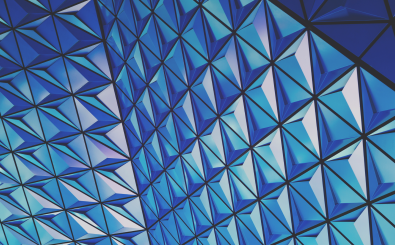I remembered this story when I had dinner with Garry Kasparov before his stirring speech at the Cannes Lions International Festival of Creativity last month. Given the continued devastation of Ukraine, it is important to retell it.
I visited Russia with my parents in 1974. It was the d├®tente period initiated by Richard Nixon and Henry Kissinger, using triangular diplomacy for the U.S. with China and Russia. My father, entrepreneur at heart, thought that Russia might be a great new market for Edelman. As a college student, I went along for the ride before school started.
On our last day in Moscow, we visited longtime family friend Murray Fromson, who had been with CBS in Chicago, then was transferred to Europe. As we entered his apartment, he produced a tablet that erased when you lifted the plastic sheet. He talked about the Chicago Cubs and the weather, while scribbling us a note. He let us know that the apartment was bugged and that we should write anything substantive on the tablet while continuing our banter.
He proposed that we go to a dissident Russian art exhibit in the suburbs. My father opted out, my mother and I went for the adventure. All we knew was that there would be paintings on easels in a clearing near a housing development; we also knew that the Soviet Union was very specific about art that met the test of Socialist realism, with other forms of art forced underground.
We were there for less than five minutes looking at the paintings when we heard the rumble of bulldozers and tank trucks in the distance, closing in quickly. There were a dozen reporters who took out cameras and note pads to capture the news.
The trucks had water cannons which sprayed the crowd and defaced the art. The bulldozers ran over the paintings. As artists fled with their works, they were corralled and pummeled by thugs. The reporters were attacked as well; one had his camera smashed into his face, breaking his nose.
Fromson had anticipated the possibility of police intervention. My mother and I were pushed into the back seat of a waiting car, with Fromson in front with his precious film. We went on a high-speed chase through the suburbs of Moscow, with a KGB car trailing. Finally, we were on our own, going back to our hotel.
As we were leaving that evening for Helsinki, I volunteered to take the tape and photo evidence of the attack. I was met at the Helsinki airport by a CBS representative who took me to their local office. I was interviewed by the local correspondent for CBS Radio and for AP. One of my own photos made it into the Economist; a bearded artist slumping away from his smashed works.
The Wikipedia entry on the Bulldozer Exhibition, so named because it was ŌĆ£forcefully broken up by a large police force that included bulldozers and water cannons,ŌĆØ has a touching remembrance from event organizer Oscar Rabin from 2010. Rabin went through the exhibition hanging onto a bulldozer as it destroyed the artworks. ŌĆ£The exhibition was prepared as a political act against the oppressive regime, rather than an artistic event. I knew that weŌĆÖd be in trouble, that we could be arrested or beaten. Knowing that virtually anything can happen to you is frightening.ŌĆØ Indeed, he was arrested, expelled from Russia, but allowed to move to Paris with his family.
We are distracted by the testimony on the events of January 6, the ever-escalating food prices, and the nearly $100 cost of filling up the car. We underestimate the importance of freedom and the necessity of fighting for it. As the Western nations weigh the cost of the continuing struggle in Ukraine, it is essential that we remember the very real human cost of repression.
Richard ║┌┴Ž╔ńis CEO.









